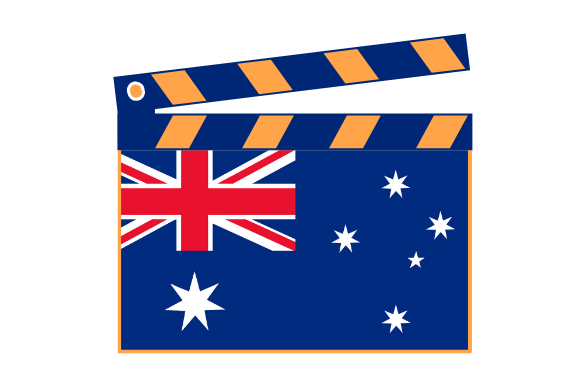Film Industry: Powerful Impact of Trump’s 100% Tariff on Australian Filmmaking and Debt Financing

Share the News
The Australian film industry, renowned for its rich storytelling and cinematic excellence, has long been a significant player on the global stage. With its unique landscapes, talented workforce, and robust government support, Australia has attracted numerous international productions. However, recent developments, particularly the imposition of a 100% tariff on foreign-made films by U.S. President Donald Trump, have sent shockwaves through the industry. This article delves into the ramifications of this tariff on Australian filmmaking, the pivotal role of debt financing, and the interplay with government incentives.
The Australian Film Industry: A Snapshot
Australia’s film sector has flourished over the years, contributing billions to the national economy and supporting thousands of jobs. The Gold Coast, for instance, has become a hub for international productions, earning the moniker “Hollywood 2.0” . Films like “Godzilla x Kong” and Baz Luhrmann’s projects have showcased Australia’s capacity to host large-scale productions.
Trump’s 100% Tariff: Implications for Australian Filmmaking
President Trump’s decision to levy a 100% tariff on all foreign-made films, including those backed by American studios but produced overseas, aims to rejuvenate the U.S. movie industry . However, this move poses significant challenges for countries like Australia:
Economic Impact: The tariff could double the cost of bringing Australian-made films to the U.S. market, potentially deterring international collaborations and investments .
Job Losses: With over 60 film productions since 2015 contributing more than $2 billion to the economy and supporting 20,000 jobs, the tariff threatens to destabilise this ecosystem .
Creative Constraints: The global nature of filmmaking, which thrives on international collaboration, could be stifled, limiting creative diversity and innovation .
Debt Financing in Australian Filmmaking
Debt financing has become an integral component of film production in Australia. It allows producers to access immediate funds, ensuring cash flow continuity during production phases. Companies like Fulcrum provide short-term debt financing, leveraging the government’s Producer Offset—a tax arrangement that rebates producers up to 40% of the money they spend in Australia.
Recent Examples of Debt Utilisation
While specific case studies are often confidential, the general trend indicates a growing reliance on debt financing:
Fulcrum’s Model: By offering loans against anticipated tax rebates, Fulcrum enables producers to commence projects without waiting for rebate disbursements.
Elevate Production Finance: As part of the Forte Corp Holdings group, Elevate provides innovative collateralised debt solutions, acting in an executive producing capacity for select projects.
Government Grants, Rebates, and Incentives
The Australian government offers a suite of incentives to bolster the film industry:
Producer Offset: Provides a 40% rebate on eligible feature films and 30% on other formats with significant Australian content .
Location Offset: A 30% rebate for large-budget film and television projects shot in Australia, encouraging international productions .
Post, Digital, and Visual Effects (PDV) Offset: Offers a 30% rebate for work on post-production, digital, and visual effects, regardless of where the project is filmed .
These incentives not only attract foreign productions but also support local filmmakers, ensuring the industry’s sustainability.
The Interplay Between Debt Financing and Government Incentives
The synergy between debt financing and government incentives is pivotal:
Cash Flow Management: Producers can secure loans against anticipated rebates, ensuring uninterrupted production schedules.
Risk Mitigation: By leveraging government incentives, producers reduce financial risks, making projects more attractive to investors.
Enhanced Production Value: Access to immediate funds allows for better resource allocation, improving overall production quality.
Conclusion
The Australian film industry stands at a crossroads. While Trump’s 100% tariff presents formidable challenges, the robust framework of debt financing and government incentives offers a buffer against potential setbacks. By strategically leveraging these financial tools, Australian filmmakers can continue to produce compelling content, maintain international collaborations, and uphold the nation’s cinematic legacy.
Further Reading
For more insights into the impact of the U.S. tariff on the Australian film industry, consider the following articles:
At Broker.com.au, we’re here to help you stay ahead of how shifting markets could affect your business finance. If you’re a business owner looking to secure the right loan structure in an evolving economy, we’re only a call away.
 1300 373 300 |
1300 373 300 |  [email protected]
[email protected]
For more expert insights on business lending, industry trends, and financial strategies, check out our full Resources & Learning page.

